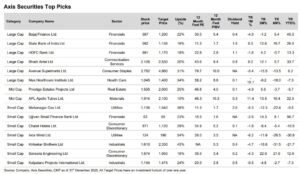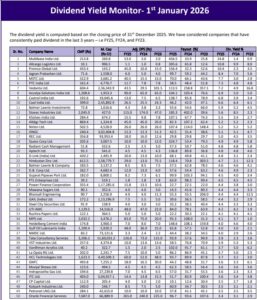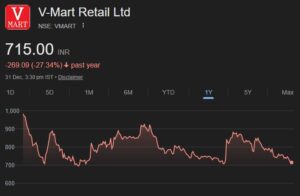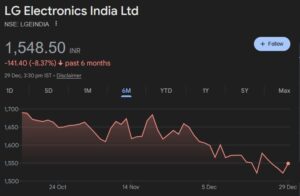
Warren Buffett once famously said “If you don’t know jewellery, know a jeweller” meaning that if you don’t have the skill to pick winning stocks, you must find someone who has the requisite skill and mirror his technique.
Saurabh Mukherjea, whiz-kid with Ambit Capital, is an accomplished stock picker in his own right. We are familiar with his winning stock picks (1), (2), (3) and also his famous 10-Bagger Model Stocks Portfolio.
Saurabh’s book “Gurus of Chaos: Modern India’s Money Masters” attempts to do two things. First, it introduces us to master stock pickers and analyzes their technique. Second, it tutors us about how we should go about the process of finding winning stocks.
Sanjoy Bhattacharyya, one of the fund managers who features prominently in the book, is very familiar to us. His Model Stock Portfolio is a classic example of how picking stocks with high ROE/ ROCE at reasonable valuations can result in bumper gains.
Sanjoy delights in outlining the “incredibly dumb things” that he has done in the course of his illustrious career. His first stock pick, way back in September 1982, was Asian Paints. The stock was then quoting at Rs. 27. Sanjoy invested all of his funds in the stock. When the stock surged in value a couple of years later, Sanjoy sold off his holding to buy a flat in Nalla Sapora, a distant suburb in Mumbai. “It was the biggest mistake of my life” Sanjoy says ruefully, because the holding would have been worth several tens of crores today.
Another example is when Sanjoy sold off his holding in Glaxo Smithkline in the misconception that Cadbury would topple its leadership position in Horlicks. “I made a gigantic mistake based on a knee-jerk premise” Sanjoy says. However, the lesson that Sanjoy learnt from that episode is that “great companies can survive sporadic upsurges in competition. Survivorship is one of the tests of high-quality companies”.
Incidentally, one recent example where we can put Sanjoy’s theory to test is IPCA Labs, which is reeling under the impact of the adverse FDA action. Sanjoy has advised a buy on the basis that IPCA has a “great management” which will overcome the hurdle sooner than later and provide immense gains.
Akash Prakah of Amansa Capital has a simple formula: Buy high quality companies, look at the size of the addressable market, the quality of the management and hold them for as long as you can. If the company is well run and has a phenomenal three to four year opportunity, hold the stock even though it may look “expensive” and the stock may not do anything in the short-term. Akash gives examples of Infosys and Eicher Motors, which are regarded as “expensive” but which have delivered explosive gains to investors.
Akash also advises investors to “know the investee company very well and have a concentrated portfolio”.
Interestingly, Akash Prakash also candidly admits to the several mistakes that he made as fund manager of Morgan Stanley Mutual Fund and how he learnt from them to build a successful portfolio at Amansa Capital.
The other fund managers interviewed by Saurabh, namely, Sankaren Naren, Alroy Lobo, BN Manjunath and an “anonymous” fund manager, offer similar valuable insights. The book also contains quotes from wizards like Prashant Jain and Anthony Bolton.
In the midst of the fascinating insights from the fund managers, Saurabh Mukherjea provides his own guidance on what we should do to find winning stocks. One particularly useful chapter is titled “Simple Rules for successful investing” in which Saurabh has set out the following three rules:
(i) Only buy a stock if you understand the business model;
(ii) Only invest in companies which can generate cash flows and high return on capital employed (ROCE) for long periods of time;
(iii) Buy the franchises identified by Rule 2 when they are available at prices which build in a ‘margin of safety’.
Saurabh has backed up each of the three rules with a detailed explanation. He has also provided case studies of well-known companies like Asian Paints and TTK Prestige and explained how his rules would have helped us identify these stocks at an early stage and how we can now identify such stocks for the future.
There is also a useful chapter on “The Guru In You” in which Saurabh identifies the several attitudinal deficiencies that plague amateur investors and hinder their progress into becoming successful investors. Saurabh uses his own example as a “case study” on what he did wrong and how he overcame that to become the successful ‘Guru’ that he is today.






Good to see the gist of points from the book “Gurus of Chaos”. Bought recently on recommendation from Prof.Sanjay Bakshi, Yet to read this.